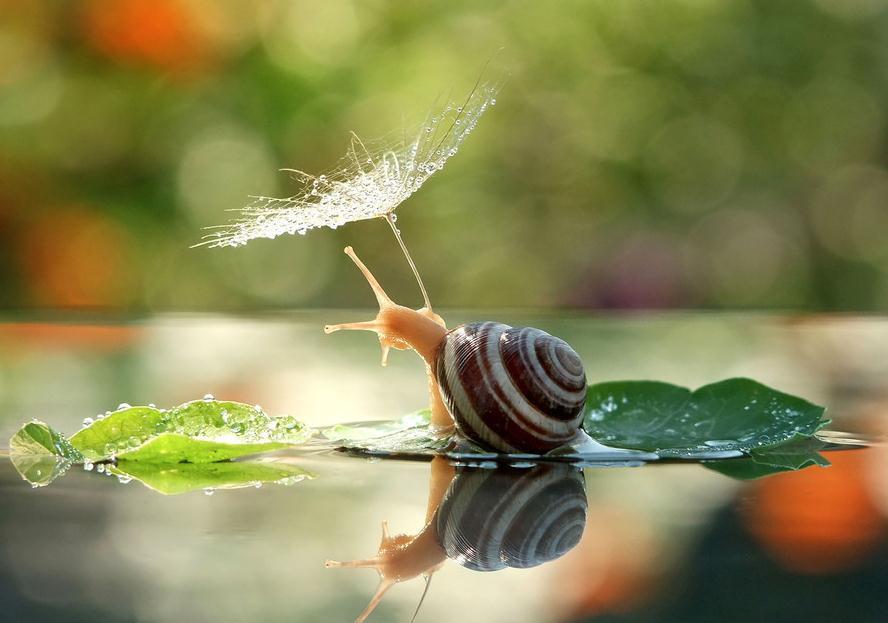In the beginning, we did a breathing exercise in which, with relaxation and concentration we filled our lungs and then held the breath for as long as was comfortable, imagining that the restrained breath was like an energy or a light filling the brain with light and fire. We held the breath as long as we could, and then we exhaled, sending that same light and fire into the heart in order to nourish the heart. This breathing practice is called in Sanskrit, ‘pranayama’ , which in one way means, ‘to harness the wind’. But the deeper meaning is ‘to harness the force of life’. Variations of the exercise are common throughout religions, but unfortunately, in the western religions those techniques have been largely forgotten.
Anapanna
This is also related closely to a practice in the Buddhist and Hindu traditions called Anapanna. It is simply a practice of learning how to be mindful of the breath, all the time, to be watching the breath. We obviously need to breath to remain alive, but we do it mechanically. Most of the time we are not even aware of the process of breathing, and so we just go about our business not fully aware and cognizant that the breath is what keeps us alive. So by becoming conscious of that, and learning to maintain an awareness of the process of breathing, we start to become more conscious of ourselves and to work with the force of the consciousness.
In relation to the breath, this is very important, because when you are breathing you are drawing in Prana. Remember that all the air that is drawn in is then absorbed into the blood, which is cycled throughout the body to feed your organism, your physical body, and sustain it. So when you start to breathe consciously, you breathe in better and more pure elements. You start to bring in the influence of the consciousness, and the consciousness is a direct extension of God. So learning to be conscious of breath can begin a very incipient level of self-awareness.
Simple Pranayama
A simple pranayama for instance is just to sit down in a chair, relax the body and breathe slowly, imagining that at the moment that you breath the sexual force is going up to your brain and entering into your heart, through the spinal column, and when you exhale the air just pronounce the letter S. Sssssss. This is what is called the still, small sound. It is written that Elias heard the way in which the sound of the S transmutes the force.
